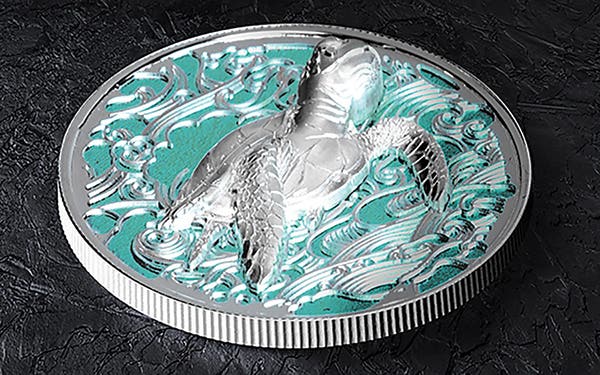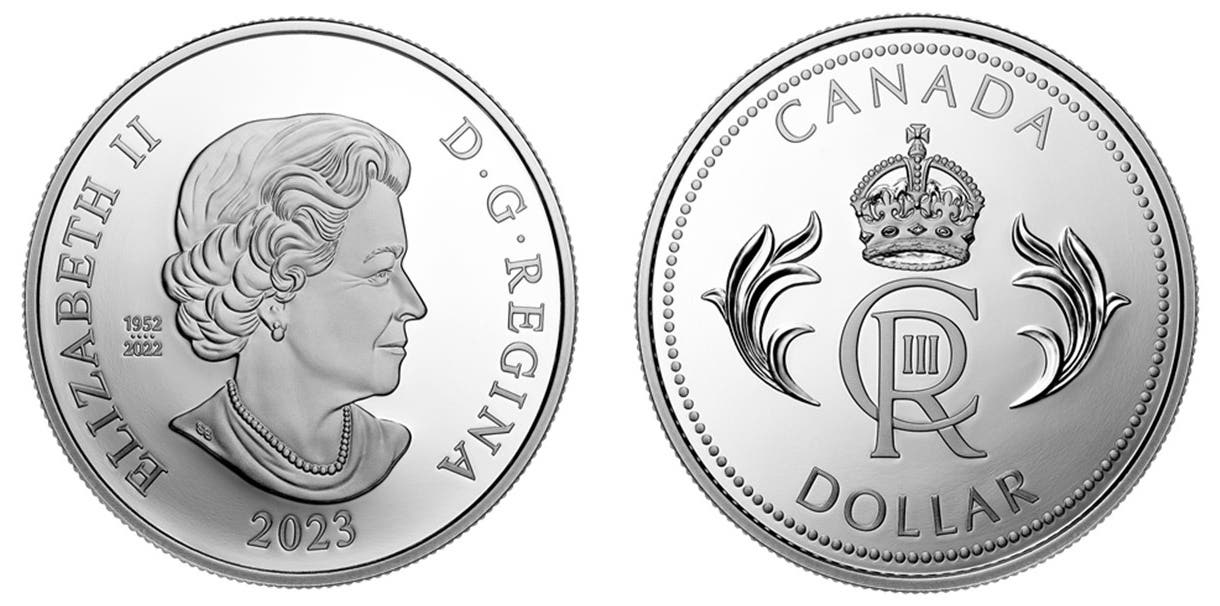1930 marked end of Standing Liberty quarter series
By Tom LaMarre When the first Standing Liberty quarters were struck in late 1916, the design, not the date, was the most important aspect. The Honolulu Star-Bulletin, Jan. 17, 1917,…
By Tom LaMarre
When the first Standing Liberty quarters were struck in late 1916, the design, not the date, was the most important aspect. The Honolulu Star-Bulletin, Jan. 17, 1917, said it set “a new mark in the artistry of design for coins” and was “far more beautiful than any of the silver money ever before issued in this country.”
An early description appeared in the June 3, 1916, issue of the Sumter, S.C., Watchman and Southron, with a Washington, May 30 dateline:
“The preparedness coins—25-cent pieces—which will start in circulation July 1st, have a figure of Liberty, with shield, standing at the gate of America, ready to prevent invasion.”
Just 14 years later, however, after more than 225 million Standing Liberty quarters had been minted, the Standing Liberty quarter series ended with the striking of approximately 5.6 million examples from the Philadelphia Mint and 1.5 million from San Francisco.
In his annual report, the Mint director wrote:
“Continued large demand for one-cent and five-cent coins, with the usual output of silver coins below the dollar, featured the fiscal year ended June 30, 1930. Overtime operation was required at the Philadelphia Mint to meet the demand, but of shorter duration than during the prior fiscal year because of improvements made in operating processes.”
The 1930 quarters were the only Standing Liberties struck in the 1930s. Today the date seems incongruous with the design—almost like seeing a Buffalo nickel from the 1940s or a Walking Liberty half dollar from the 1950s.
Preliminary preparations were made for the striking of Standing Liberties in 1931. But it was a terrible year for the economy and the Mint, evidenced by comments in the director’s report for fiscal 1931:
“The small demand for coin has made it possible to refrain from filling a number of positions which became vacant by reason of retirement, death and resignation, with the result that the roster of Mint employees is shorter than for a long series of years.”
Because of the state of the economy, and plans to issue Washington quarters the following year, the 1931 Standing Liberty dies were not used.
At least, that was the official version. In his book Standing Liberty Quarters, J.H. Cline says he feels there are some 1931 Standing Liberty quarters out there and mentions rumors that examples of the date were in the collections of Col. Green and King Farouk.
Whether they might have been counterfeit is uncertain, even if the rumors were true. Arrests for counterfeiting quarters were made in several cities in 1931. Newspapers did not mention the dates that were used.
More recently, counterfeit 1931-S quarters have been made by overstriking genuine Standing Liberty quarters.
In 1932 some newspapers said Washington quarters were being issued not just to celebrate the 200th anniversary of George Washington’s birth but also to boost the economy.
The Mint didn’t strike any quarters in 1933. The Washington quarter returned in 1934, and with it, the full realization the Standing Liberty series had ended.
The large mintages of Standing Liberty quarters in 1930 have resulted in modest values today.
In Fine-12 grade an example from either the Philadelphia or the San Francisco mints can be bought for less than $10.
This article was originally printed in Coins Magazine. >> Subscribe today.
More Collecting Resources
• The Standard Catalog of World Coins, 1901-2000 is your guide to images, prices and information on coinage of the 1900s.
• Start becoming a coin collector today with this popular course, Coin Collecting 101.








